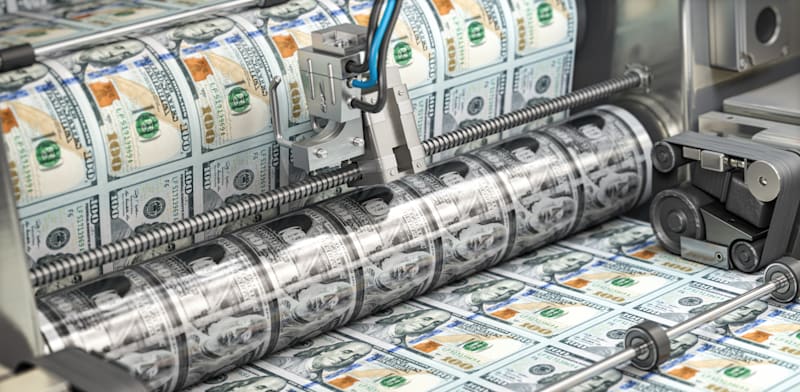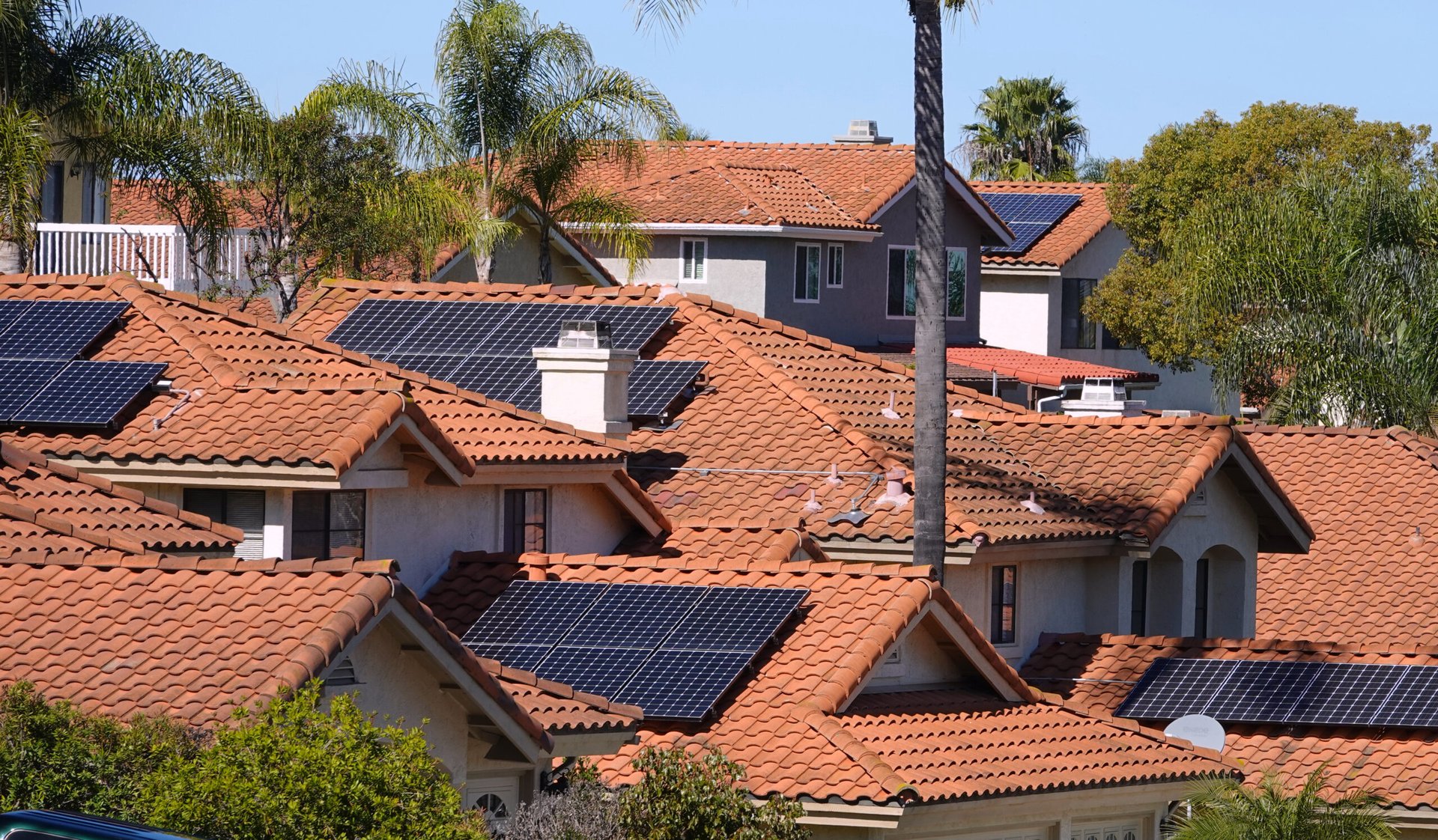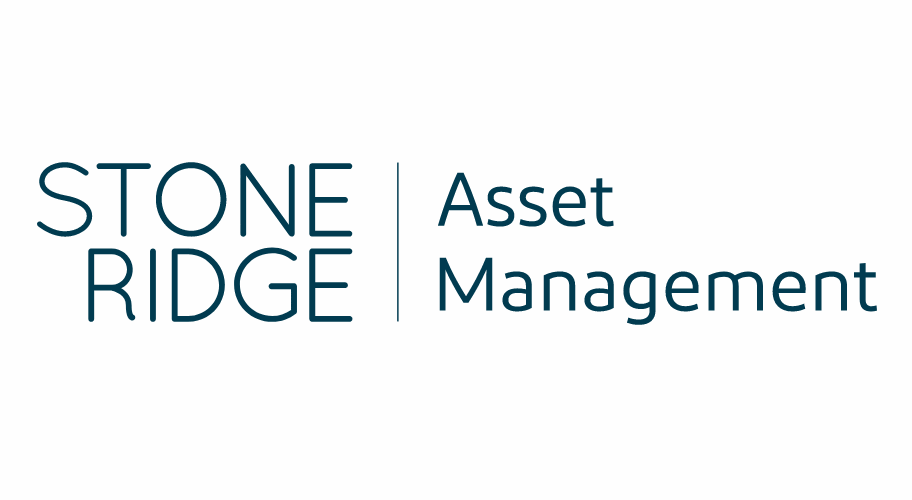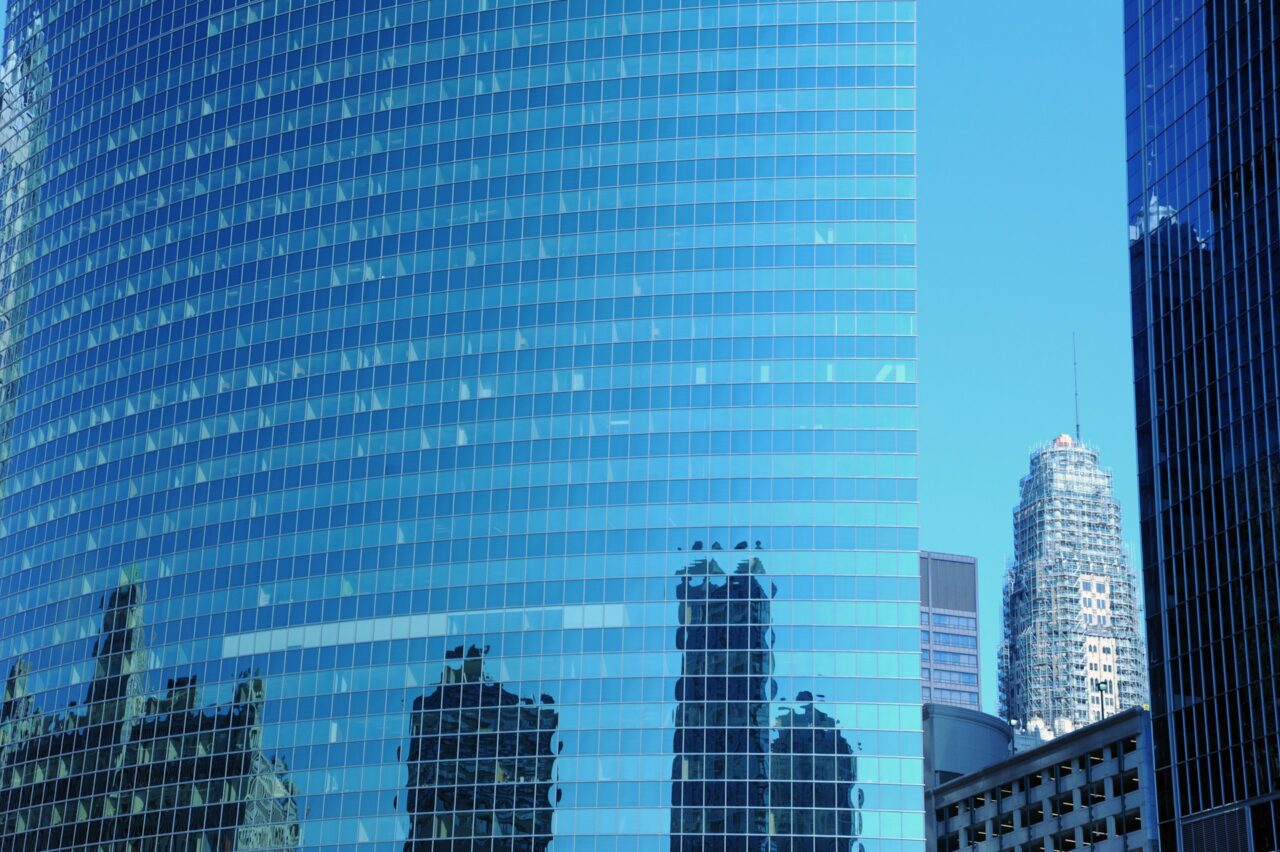Part of the problem is that the theoretical benefits of capturing and selling leaking gas are often less than meet the eye. Gas that’s not vented or burned off must be captured, piped, chilled, processed, liquefied, shipped, or otherwise got from its source to a paying customer. Doing all that requires a lot of property, plant and equipment, and if the returns on that investment look thin, companies won’t do it unless they’re forced to. Half way to its target, a 2015 World Bank initiative to end routine flaring by 2030 has made precious little progress: In 2021, it represented roughly the same 4% of gas production that it has for more than two decades.
rn
rn
Source link ","author":{"@type":"Person","name":"Index Investing News","url":"https://indexinvestingnews.com/author/projects666/","sameAs":["http://indexinvestingnews.com"]},"articleSection":["Financial"],"image":{"@type":"ImageObject","url":"https://gumlet.assettype.com/bloombergquint/2023-03/43c08d5a-5678-48b9-bcbe-cefdb9913dc4/_1x_1.png?w=1200&auto=format,compress&ogImage=true","width":1920,"height":0},"publisher":{"@type":"Organization","name":"","url":"https://indexinvestingnews.com","logo":{"@type":"ImageObject","url":""},"sameAs":["https://www.facebook.com/Index-Investing-News-102075432474739","https://twitter.com/IndexInvesting_"]}}
Source link







































